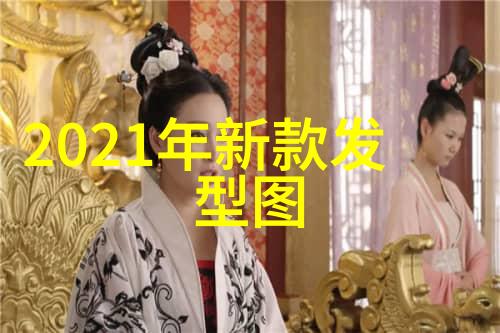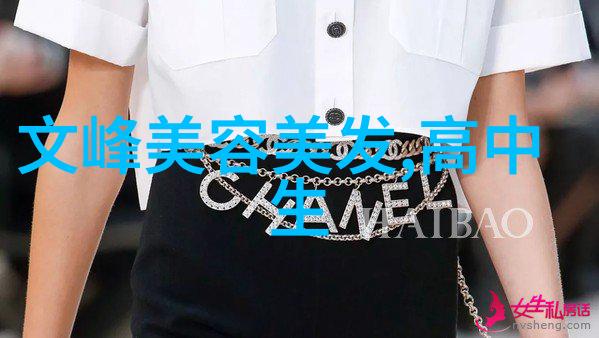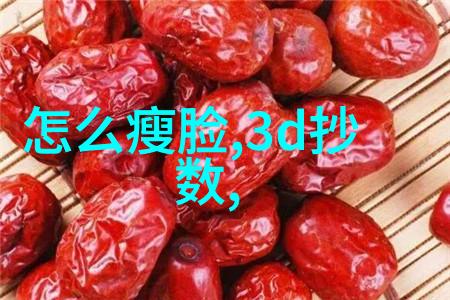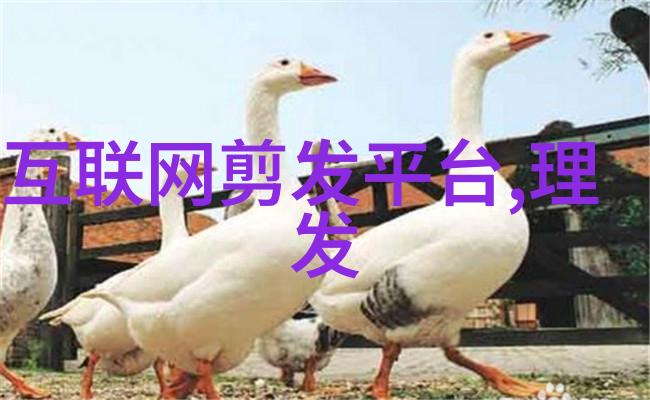Vintage Vibes: Unraveling the Timeless Charm of Retro English

Origins of Retro English
Retro English, as a unique linguistic phenomenon, has its roots in the past. It is characterized by an affectionate and informal tone, often found in vintage advertisements, old films, and classic literature. The use of words like "dude," "gag me with a spoon," and "groovy" brings back memories of yesteryears.

Evolution Over Time
Over time, retro English has evolved to encompass various elements from different eras. From the Victorian era's ornate language to the 1960s' flower power jargon, each period contributes its distinct flavor to this rich linguistic tapestry.

Cultural Significance
Retro English serves as a cultural bridge that connects us with our past heritage while also providing a sense of nostalgia for times gone by. Its widespread use in popular culture reinforces its significance as an integral part of our shared history.

Aesthetic Appeal
The aesthetic appeal of retro English lies not only in its vocabulary but also in its grammatical structures and sentence formations. The deliberate use of archaic phrases or slang terms creates an atmosphere that is both playful and evocative.

Revival & Adaptation
In recent years, there has been a resurgence in popularity for retro English due to its nostalgic charm and versatility across various platforms such as advertising campaigns or social media posts where it adds flair and character to content.
6 Conclusion - Enduring Legacy
Through its evolution over time and continued adaptation into modern contexts, retro English demonstrates an enduring legacy that transcends generations while keeping alive cherished memories from the past within contemporary discourse."


















